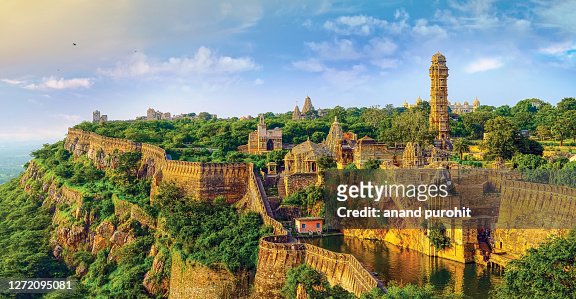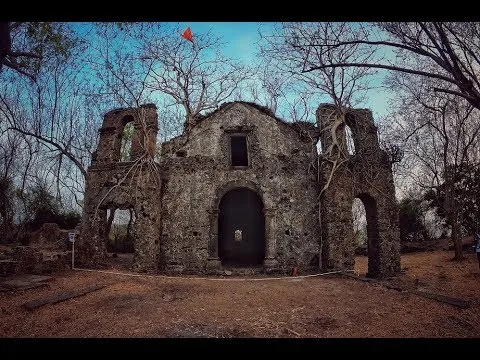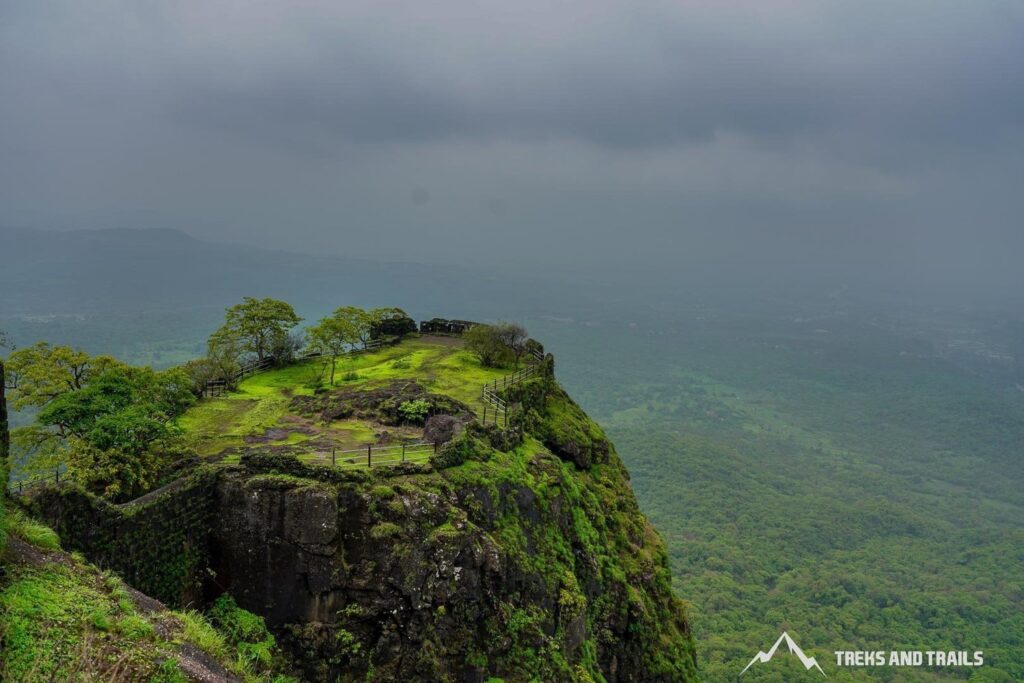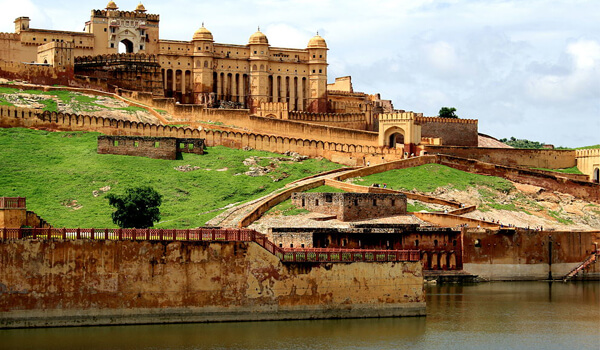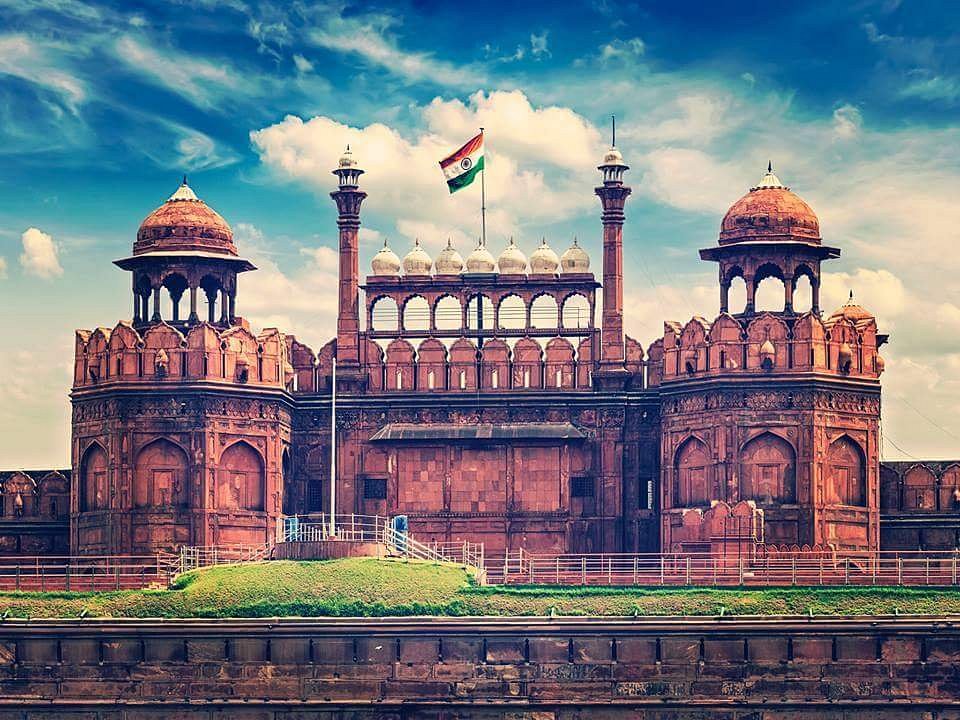Introduction: Nestled amidst the picturesque landscape of the Western Ghats in Karnataka, India, lies the ancient stronghold of Chittode Gad. With its towering ramparts, rugged terrain, and rich historical legacy, Chittode Gad stands as a testament to the enduring spirit of valor, resilience, and architectural brilliance that has defined the region for centuries. In this comprehensive exploration, we delve into the legends, history, and architectural marvels of Chittode Gad, uncovering the secrets of this storied fortress.
Legend and Mythology: The origins of Chittode Gad are steeped in mythology and folklore, with local legends attributing its creation to divine beings and mythical heroes. According to popular belief, Chittode Gad was built by the gods themselves, who sought to establish a bastion of protection against demons and evil forces. It is said that the fort was constructed overnight, with celestial beings working tirelessly to erect its formidable walls and towers.
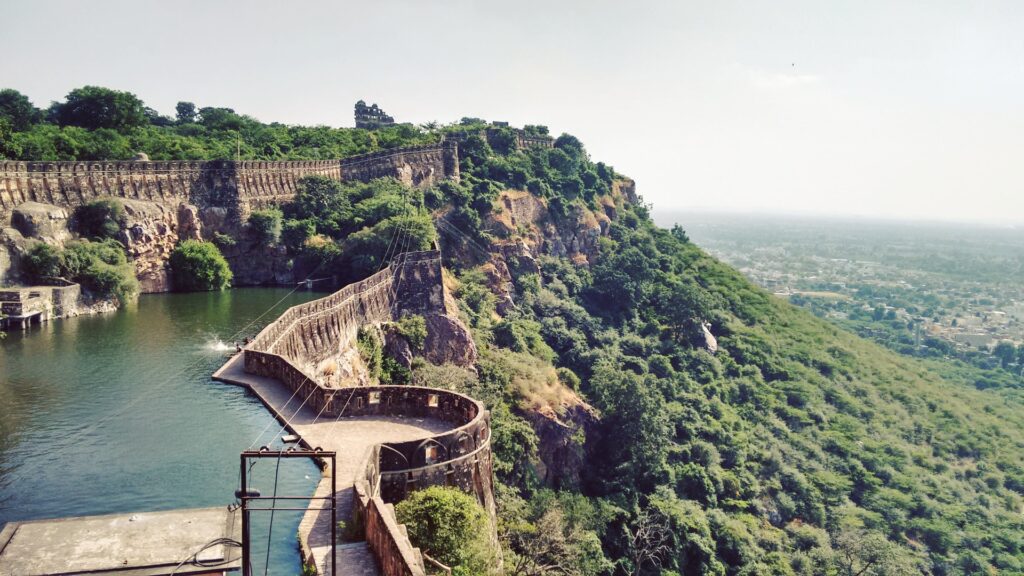
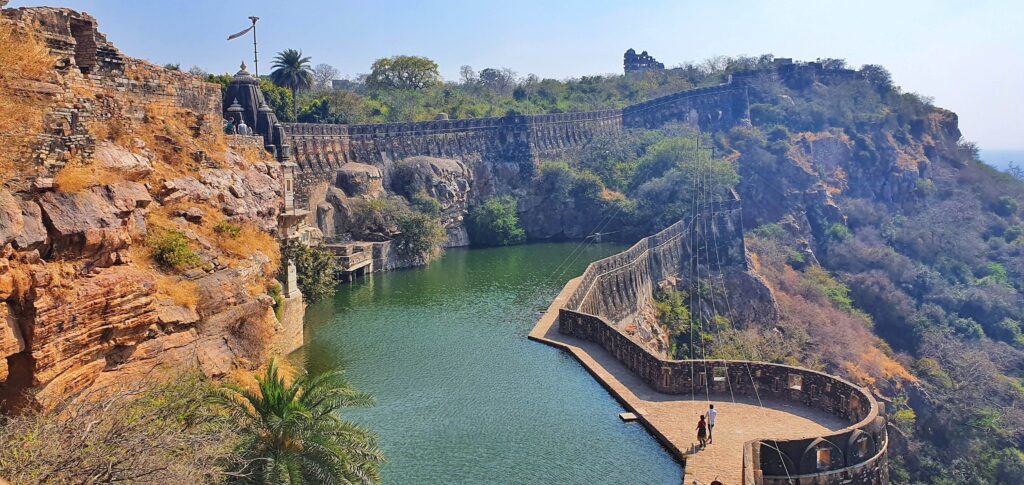
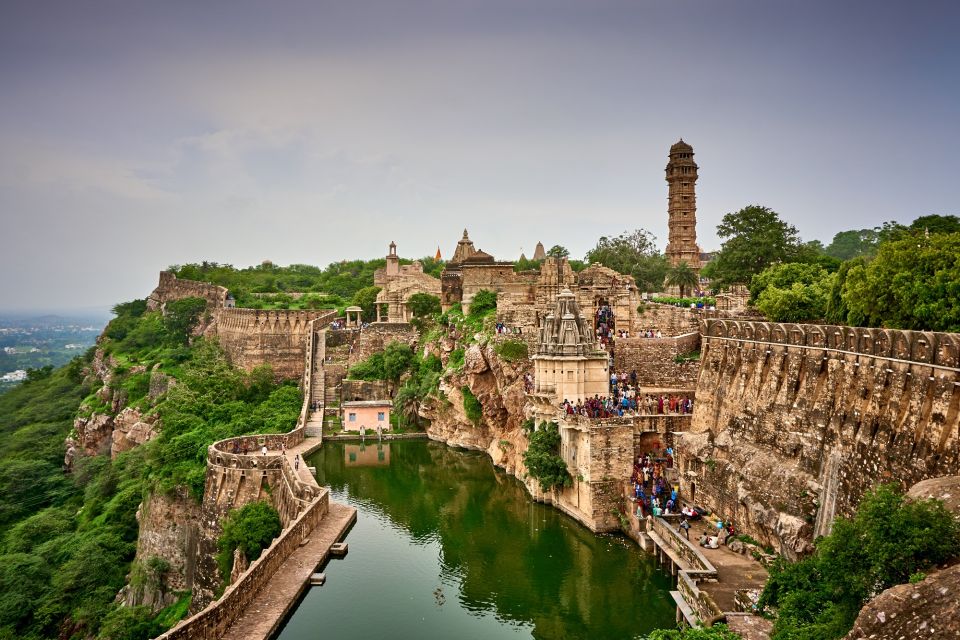
Another legend surrounding Chittode Gad involves the exploits of legendary warriors and kings who are said to have once ruled the region. Tales of valor, bravery, and heroism abound, with stories of epic battles, daring escapes, and noble sacrifices echoing through the ages. These myths and legends have become an integral part of the cultural fabric of the region, shaping the collective imagination of generations.
Historical Significance: Beyond the realm of myth and legend, Chittode Gad boasts a rich historical legacy that spans centuries of dynastic rule, conquest, and cultural exchange. The fortress is believed to have been originally built during the medieval period by local chieftains or feudal lords who sought to establish their authority over the surrounding lands.
Over the centuries, Chittode Gad witnessed the rise and fall of numerous dynasties and empires, each leaving its mark on the fortress and its surroundings. From the mighty Vijayanagara Empire to the ambitious Maratha rulers, Chittode Gad served as a strategic stronghold, guarding the mountain passes and trade routes that crisscrossed the region.
During the colonial era, Chittode Gad played a pivotal role in the power struggles between rival kingdoms and foreign invaders. The fort saw numerous battles and sieges, with European colonial powers vying for control over its strategic location and abundant natural resources. Despite its formidable defenses, Chittode Gad eventually fell into the hands of the British East India Company, marking the end of an era of indigenous rule.
Architectural Marvels: The architectural splendor of Chittode Gad is a testament to the ingenuity and craftsmanship of its builders, who worked tirelessly to create a fortress that could withstand the test of time. The fort is characterized by its massive stone walls, sturdy bastions, and intricate defensive structures, all designed to repel invaders and withstand prolonged sieges.
One of the most impressive features of Chittode Gad is its elaborate system of fortifications, which includes ramparts, moats, and watchtowers strategically positioned to provide maximum protection. The inner citadel houses a labyrinth of chambers, courtyards, and secret passages, offering glimpses into the daily lives of the fort’s inhabitants.
The architectural style of Chittode Gad reflects a fusion of indigenous and foreign influences, with elements of traditional South Indian architecture blending seamlessly with Mughal, Persian, and European design motifs. The result is a unique and awe-inspiring fortress that stands as a testament to the cultural diversity and artistic brilliance of the region.
Cultural Heritage: Chittode Gad holds immense cultural significance as a symbol of the region’s heritage and identity. It has served as a center of art, culture, and learning, attracting scholars, poets, and artists from far and wide. The fortress has also been a site of religious pilgrimage, with temples, shrines, and sacred groves dotting its landscape.
The cultural heritage of Chittode Gad is preserved and celebrated through various festivals, rituals, and traditions that have been passed down through generations. From religious processions to folk performances, these cultural events serve to honor the legacy of the fortress and its role in shaping the cultural landscape of the region.
Conservation and Preservation: In recent years, efforts have been made to preserve and protect the cultural heritage of Chittode Gad, ensuring that future generations can continue to appreciate its historical significance. Conservation projects have focused on restoring and maintaining the architectural integrity of the fortress, while also promoting sustainable tourism practices that minimize environmental impact.
Government authorities, heritage conservation organizations, and local communities have collaborated to safeguard the fortress and its surroundings, implementing measures to prevent encroachment, vandalism, and natural degradation. Educational programs, guided tours, and cultural events have also been organized to raise awareness about the importance of preserving Chittode Gad for posterity.
Conclusion: In conclusion, Chittode Gad stands as a timeless symbol of the region’s rich history, cultural heritage, and architectural prowess. From its mythical origins to its historical significance, the fortress embodies the spirit of resilience, valor, and cultural continuity that has defined the Western Ghats for centuries. As we marvel at its towering ramparts and explore its labyrinthine corridors, we are reminded of the enduring legacy of Chittode Gad and the stories it holds within its ancient walls.

